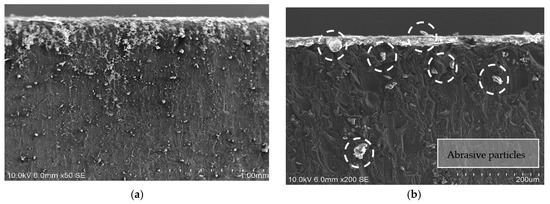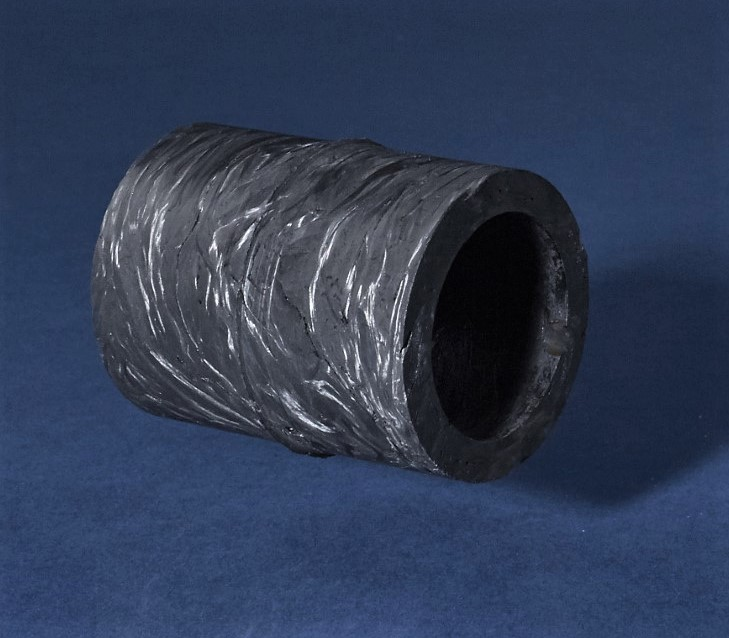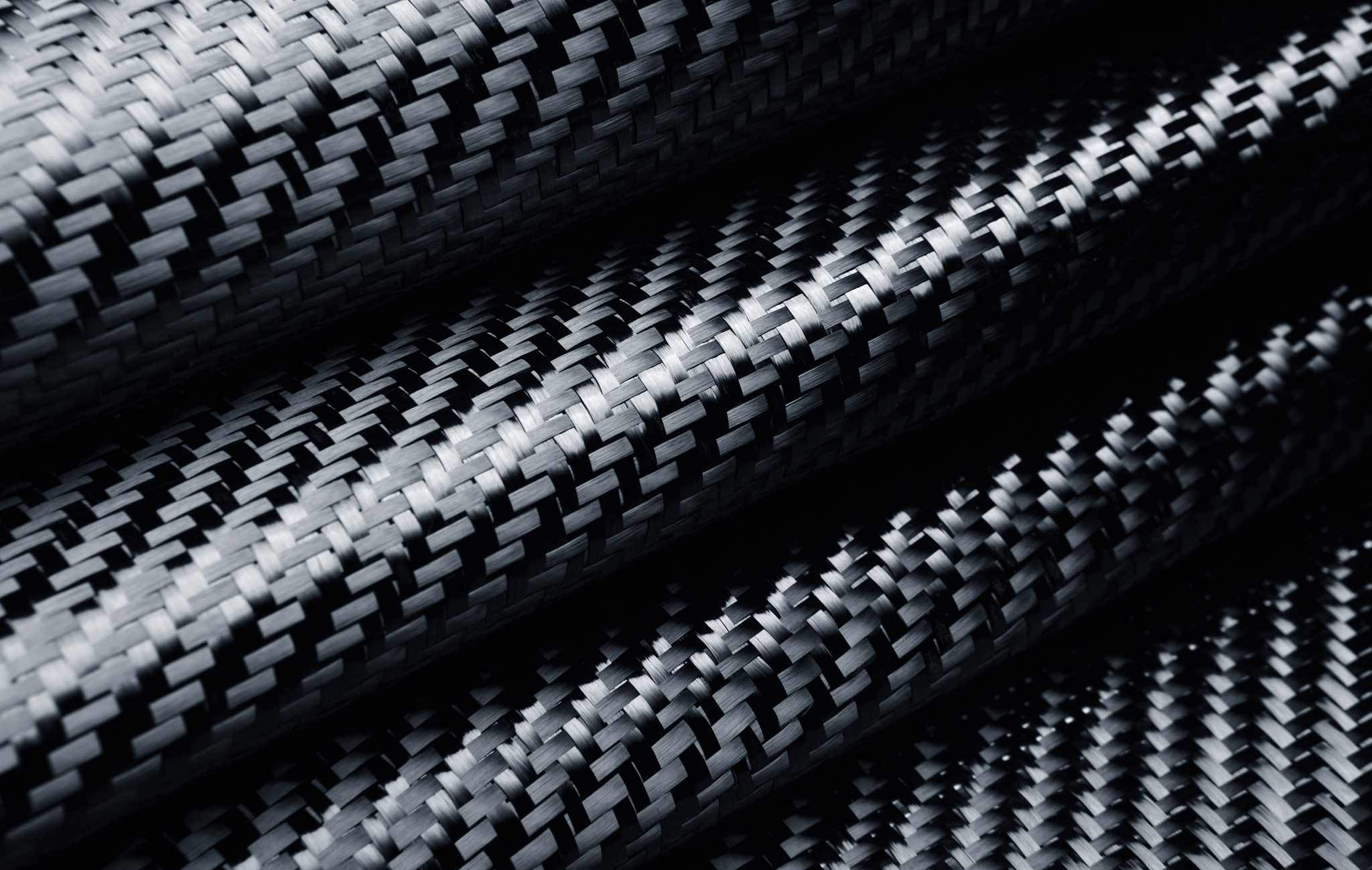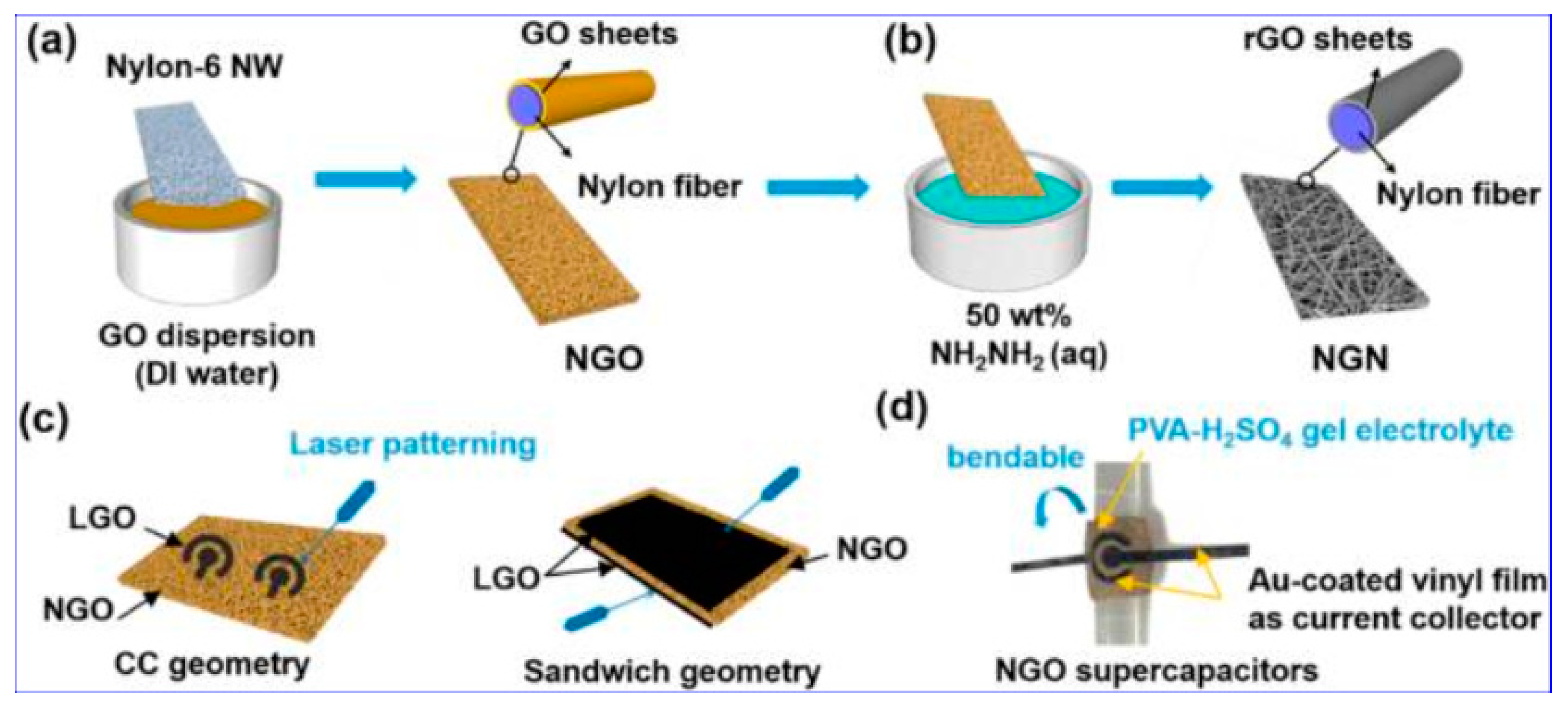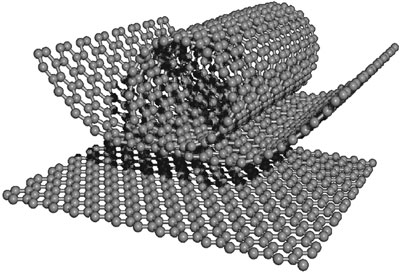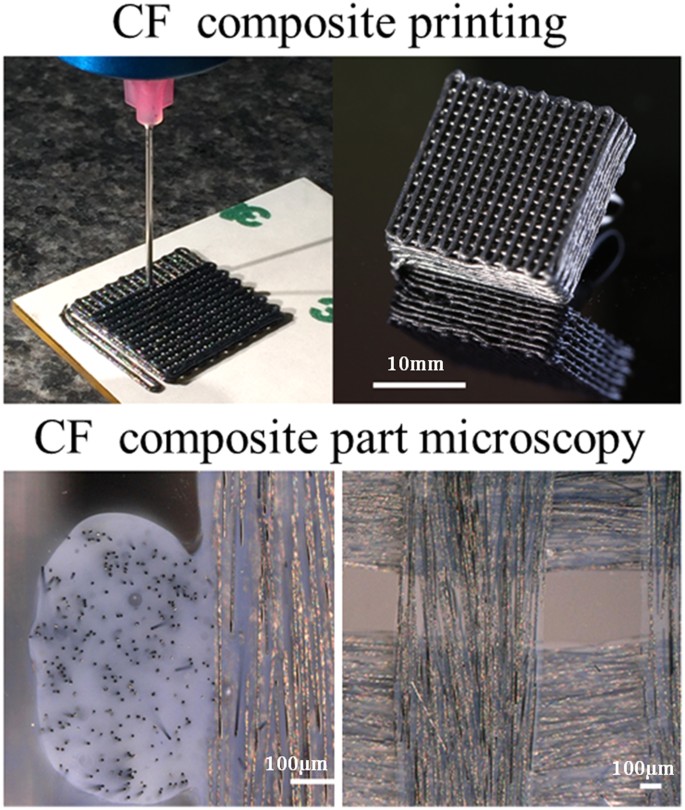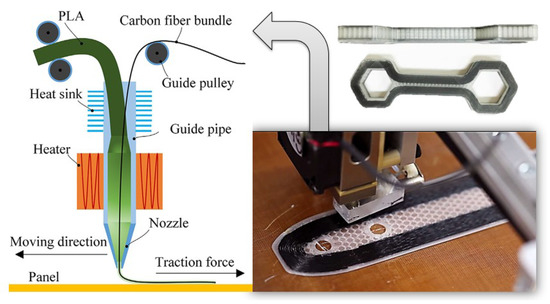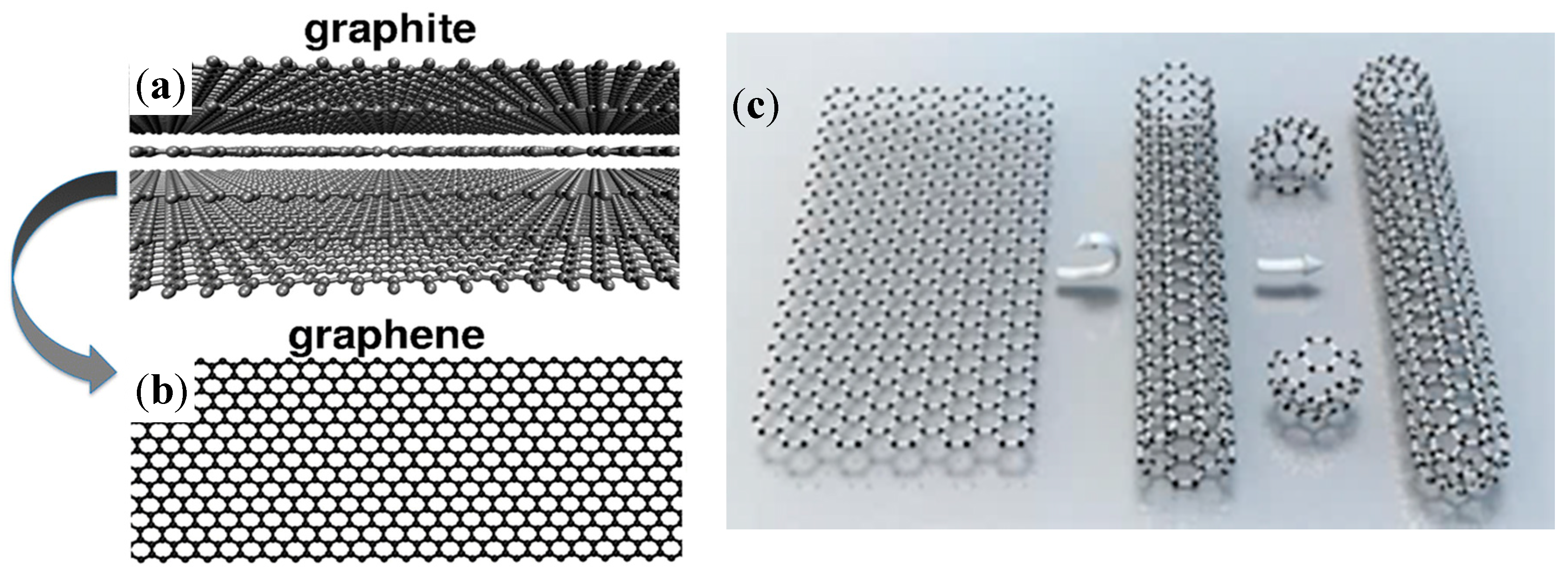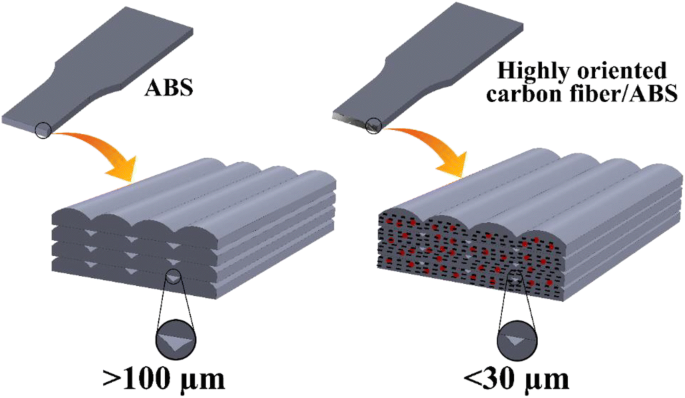Carbon ceramic sensor the series scb ccs from the scb family of resistors is based on a carbon ceramic composite construction which adheres to a single resistance verses temperature curve.
Sensors made of carbon ceramic composite materials.
Pots or vessels or figurines made from clay either by itself or mixed with other materials like silica hardened and sintered in fire.
4 the earliest ceramics made by humans were pottery objects i e.
When these values were exceeded cracks spread all over in the material.
This is often used to great buoyant materials for marine applications such as boat hulls.
The composites varied in the size of ceramic grains from 1 23 to 1 58 micrometers and the length and width of graphene.
Therefore carbon composition resistors are for common electronics applications where dc or rms voltage remains below 250v and operating.
Hard and ductile instead of being brittle.
Carbon nanotubes cnts were deposited on barium titanate batio 3 substrates using the microwave plasma jet chemical vapor deposition mpjcvd system accelerometer sensors were then made of both as obtained carbon ceramic cnts batio 3 composite materials and barium titanate batio 3 the variations of the output voltages under various accelerating amplitudes were examined on two kinds of.
There are three main aspects which made carbon fibre sensors cfss very interesting to be used for composite materials.
Pros wide range of resistance purely resistive highly reliable pulse stability cons wide tolerance physical size limited operating temperature available for only low power ratings.
Carbon ceramic composite c sic is a carbon fiber reinforced sic ceramic composite.
The main matrix component of sic determines the hardness of the composite the effect of carbon fiber is to improve the mechanical strength and fracture toughness of the material and its strength is 5 times higher than steel.
The benefits of sigrasic are.
The output voltages of cnts batio 3 sensors were higher than those of batio 3 sensors.
Integral strain measurement method.
Strong lightweight materials made by filling metal plastic or ceramic with hollow spheres known as microballoons.
Carbon composition resistors have the following pros and cons.
Sensors were made of both carbon ceramic composite materials and ceramics.
Sigrasic products derive their extraordinary properties from carbon fiber reinforced silicon carbide c sic a composite material that combines carbon fibers within a ceramic matrix to maximize the properties of both materials.
Cfss based on a t300b 1k ex pan fibre exhibit an excellent linear piezoresistivity up to a strain level of 6000 µm m.
They offer excellent performance and stability characteristics in magnetic field and high dose radiation environments.
Linear piezoresistivity up to high strain levels.
The microballoons may be formed with a second material such as glass carbon or plastic.
